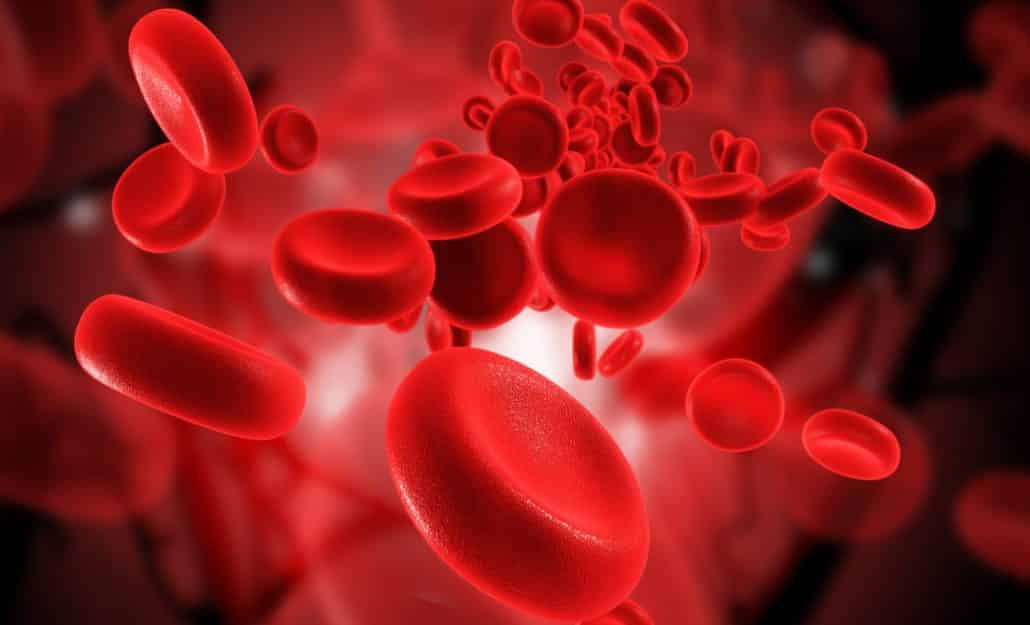Scientists Discover Switch that Initiates Conversion of Blood Cells to Stem Cells
Over the past decade, advances in high-throughput transcriptomics and DNA occupancy analyses have provided valuable insights into how transcription factors (TFs) regulate cell fate decisions and determine cell identity.
It has become clear that during embryonic development, the expression of key TFs is strictly regulated, and it has been shown that the combinatorial expression of a relatively limited number of TFs is sufficient to establish (and potentially change) cell identity and differentiation through their action on the underlying gene regulatory networks (GRNs).
Now, scientists from the Wellcome Sanger Institute in the U.K. and the European Molecular Biology Laboratory in Rome say they found a switch that instructs blood vessel cells to become blood stem cells during embryonic development. The team discovered that two sets of specific factors in the cells work against each other, and when the balance of these changes, the vascular tube cells convert to free blood cells.
They discovered that in mouse embryo cells that were transitioning between vascular cells and blood cells, all seven of these factors were expressed together. However, when they engineered various combinations of these transcription factors into embryonic stem cell lines (ESCs
), used to model embryonic blood development in the dish, they discovered the factors split unexpectedly into two distinct sets, one supporting the vascular cell fate and the other the blood program.The researchers discovered there was a balance between the two sets of transcription factors. High levels of each set of transcription factors acted as a switch for the mouse embryo to choose whether to maintain vascular cells, or to develop them into blood stem cells.
“This was the first time that anyone has been able to show how a group of transcription factors causes a vascular cell to choose to develop into a blood stem cell, and demonstrates the power of single-cell transcriptomics for characterising really complex systems of transcription factors. Using this technology, we could see the exact genes that were switched on in every single cell, and found that the transcription factors acted as a fork in the road of development of blood cells” said Dr Martin Hemberg, a corresponding author on the paper from the Wellcome Sanger Institute
Dr Tallulah Andrews, joint second author on the paper from the Wellcome Sanger Institute said, “This was a very challenging computational problem as there was a huge network of interactions in the complex that needed to be unravelled. By applying recent advances in statistics to this biological question, we were able to predict that some of the transcription factors were acting in opposition to each other like a switch, rather than working together, which the study was then able to prove experimentally.”
“We have revealed the gene regulatory network responsible for switching off the vascular cell fate and switching on the blood program to generate blood stem cells. Interestingly, the process of metastasis in cancer also involves changes in cell states and may use a similar process to the one we have discovered. If we could better understand how the transcription factors responsible for different cell states compete with each other we could begin to think of ways to specifically inhibit this process and improve the chance of survival of cancer patients” said Dr Christophe Lancrin, a corresponding author on the paper from the European Molecular Biology Laboratory, Rome






























